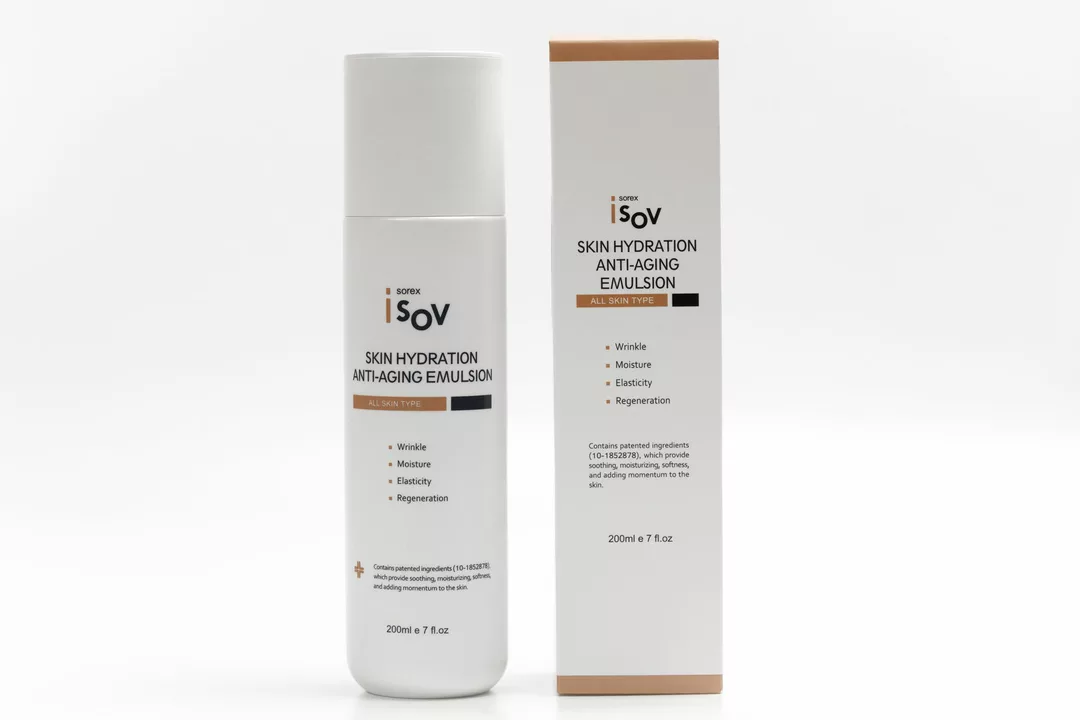Skin chafe prevention: simple, practical fixes you can use today
Chafing can turn a good run, a long day at work, or a weekend walk into constant pain. The cause is always the same: repeated friction + moisture. The good news is that small changes stop most chafing before it starts. Below are clear, useful steps you can try right now.
Pick the right clothes and fabrics
Loose cotton might feel comfy, but when you sweat it holds moisture and increases rubbing. Go for moisture-wicking, smooth fabrics—polyester blends, nylon, or spandex. Compression shorts or seamless underwear help most people because they reduce skin-to-skin contact. For inner-thigh chafe, try a pair of compression shorts under dresses or athletic shorts. For under-bust rubbing, a well-fitted sports bra with a wide band works wonders.
Fit matters. Clothing that’s too tight creates pressure points; too loose shifts and rubs. Try clothes that move with you—no seams along the thighs, groin, or under the arms if possible. If you hike, choose lightweight gaiters or leggings to stop fabric-on-skin friction on long trails.
Lubricants, powders, and barrier creams that help
Use a barrier to cut friction. Options that work: petroleum jelly, silicone-based balms (like Body Glide), or zinc-oxide creams for very sensitive spots. Apply a thin layer before activity and reapply for long efforts. Antiperspirant applied to inner thighs can reduce sweat and prevent chafe for many people—use a stick formula and test on a small area first.
Powders help by keeping skin dry. Choose talc-free cornstarch or medicated powders. Don’t overdo it—too much powder makes fabric slip and rub. For sweaty climates, alternate between a thin lubricant and a bit of powder so skin stays dry but protected.
Hygiene and small habits matter. Wash and dry skin before activity, change out of sweaty clothes quickly, and treat hot spots early. If you feel warmth or a rub starting, stop, dry the area, and reapply lubricant. For long days, pack a small tube of balm or a travel-size powder.
Aftercare and when to see a doctor: cool compresses and aloe vera soothe minor chafes. Clean the area gently, avoid further rubbing, and use an over-the-counter 1% hydrocortisone cream for inflammation if needed. See a doctor if the skin is broken, shows pus, gets much worse after a day, or you have fever—those are signs of infection needing medical care.
Simple swaps—compression shorts, a tiny dab of balm, and moisture-wicking fabrics—stop most chafing. Try one change at a time so you can find what works for your body and daily routine.




